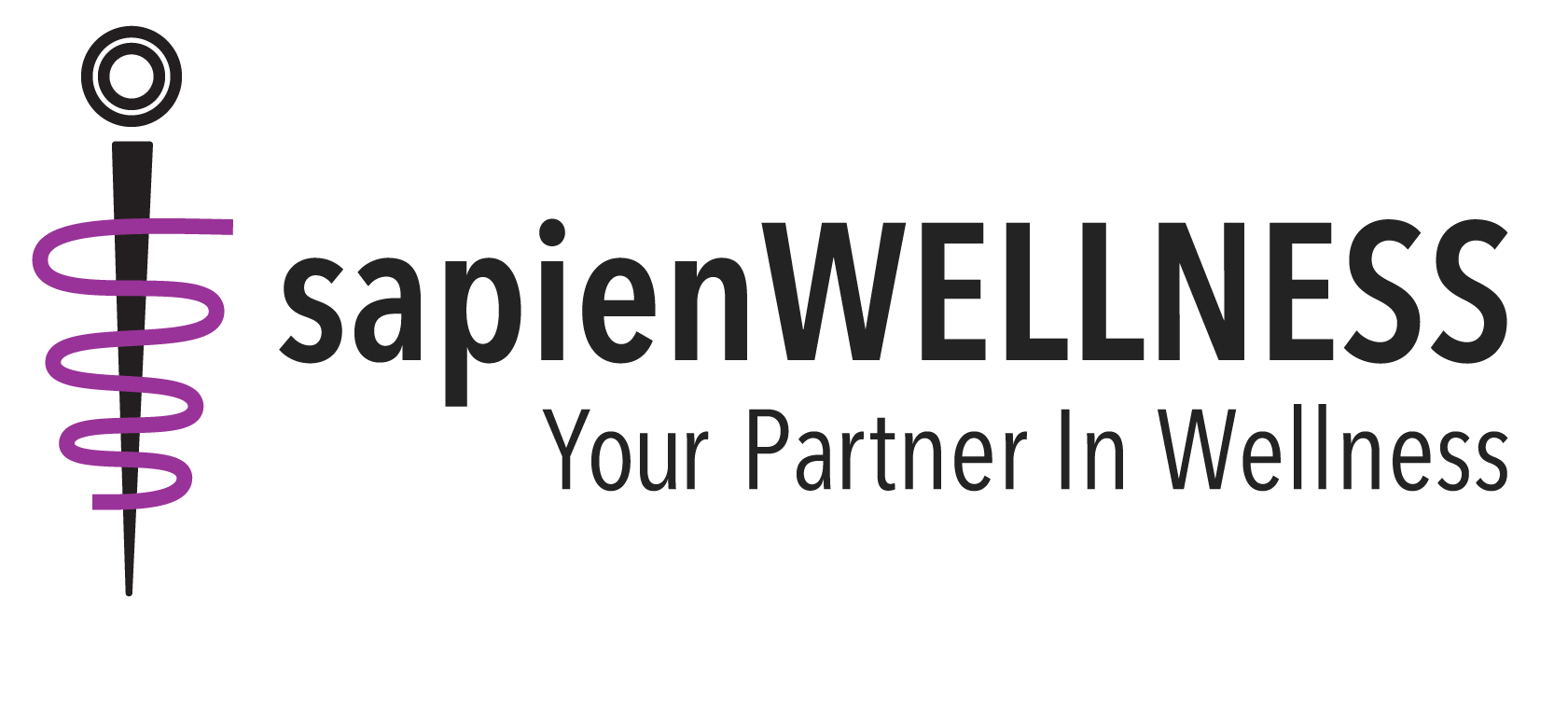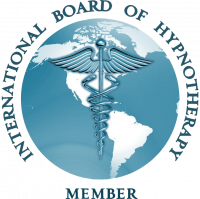Stress Information
The Affects of Stress
Stress is known to negatively effect patient health and compliance. The stress from chronic diseases can also impact the family and patient (Raphael, JL, Butler, AM, Rattler, TL, Kowalkowski, MA, Mueller, BU, Giordano, TP, Parental information, motivation, and adherence behaviors among children with sickle cell disease, Pediatr Blood Cancer. 2013, 60:12-4-1210.doi:10.1002/pbc.24466). Stress increases the inflammatory response in the body (Duman, R.S. Neuronal damage and protection in the pathophysiology and treatment of psychiatric illness: stress and depression, 2009. Stress reduction with music therapy can increase IgA Immunoglobulin levels which increases immunity.
The Wharton School of Business has studied call center stress and reports interesting findings in an article titled “How To Reduce Burnout, Increase Efficiency”, wherein the author states: “The front lines of a corporate call center are often charged with emotion, and companies need to account for that when hiring and training workers to take on this critical role in customer contact, according to speakers at a recent Call Center Industry Forum sponsored by Wharton’s Financial Institutions Center. There is a growing need for workers who have to deal constantly with the public to manage emotions – and this is especially true for those on the phones,” said Steffanie Wilk, a Wharton Management professor who has done extensive research on call centers.
A 2011 Harvard Medical Study Titled: Understanding the Stress Response, states that “The findings of the national survey mentioned earlier support what mental health clinicians experience in their own practices — many people are unable to find a way to put the brakes on stress. Chronic low-level stress keeps the HPA axis activated, much like a motor that is idling too high for too long. After a while, this has an effect on the body that contributes to the health problems associated with chronic stress”.
One estimate of cost savings with smoking cessation, decreasing stroke, and acute myocardial infarction is $47 in the first year and $853 over the next seven years per non-smoker created (Lightwood, JM, et al. Circulation 1997;96:1089-1096.). This particular study is from 1997 and not adjusted for inflation which would result in an even greater savings. Therefore, in this instance there are predictable costs to a smoking cessation program with an escalating cost-savings over time after the individual stops smoking; a great rate of return realized.


